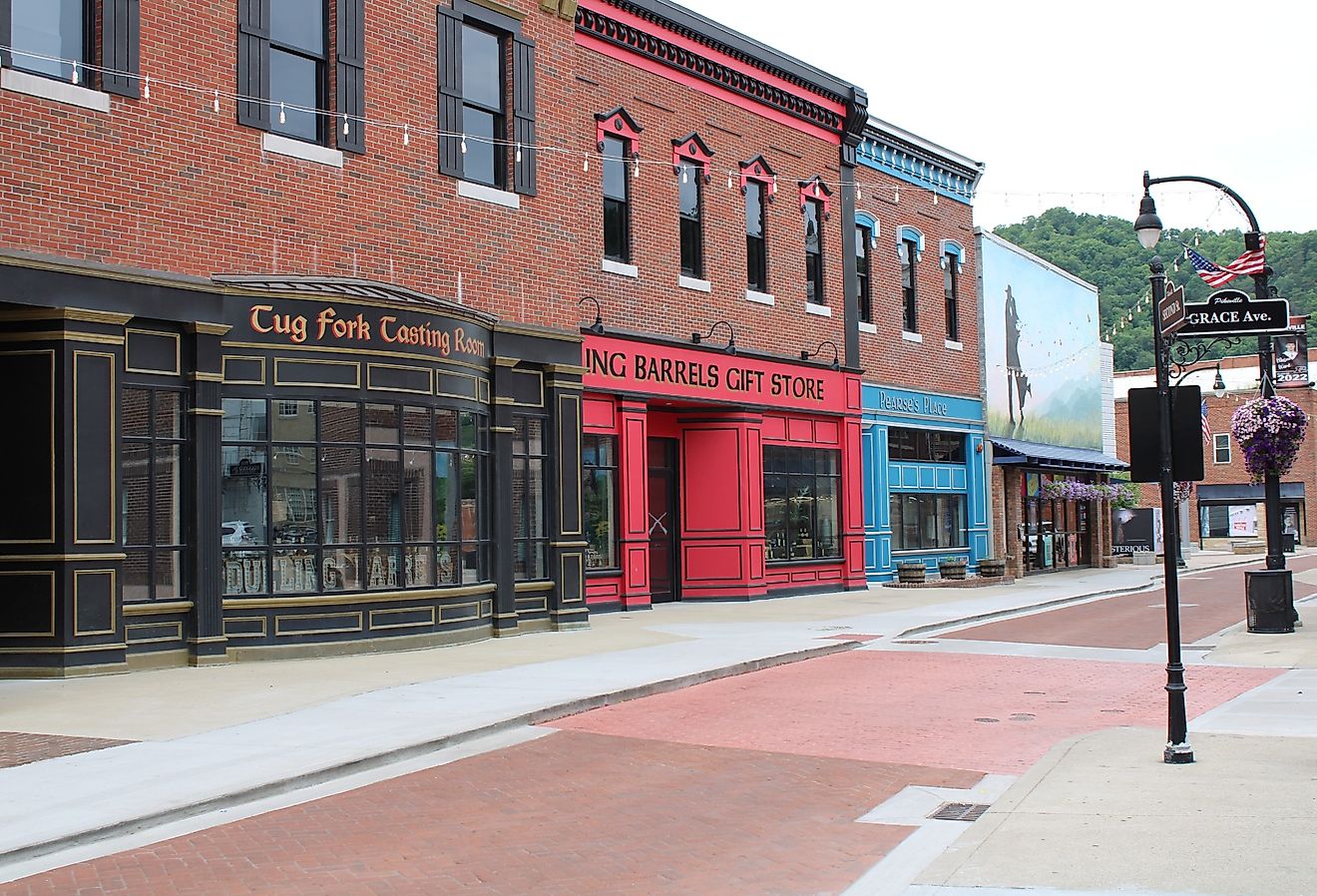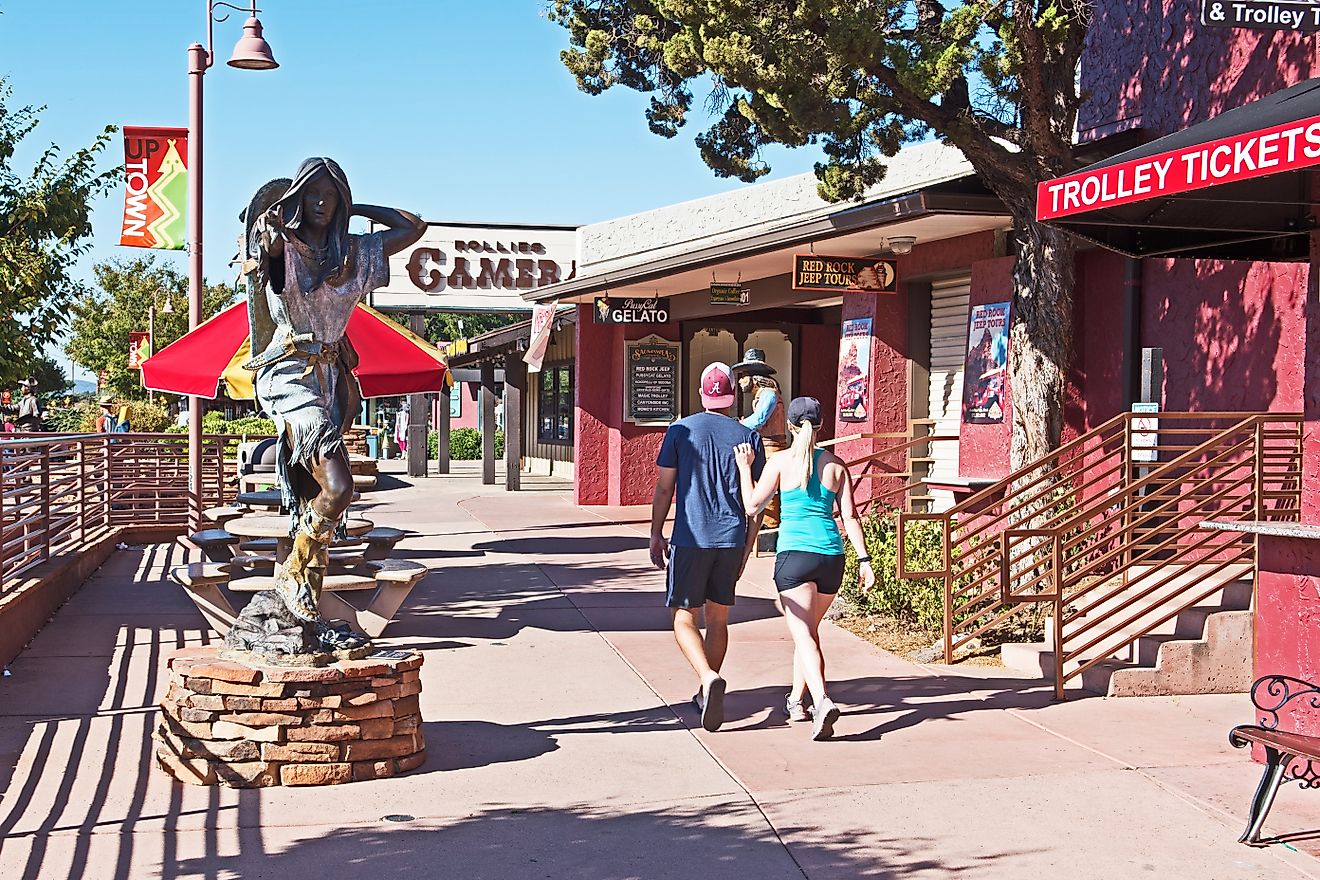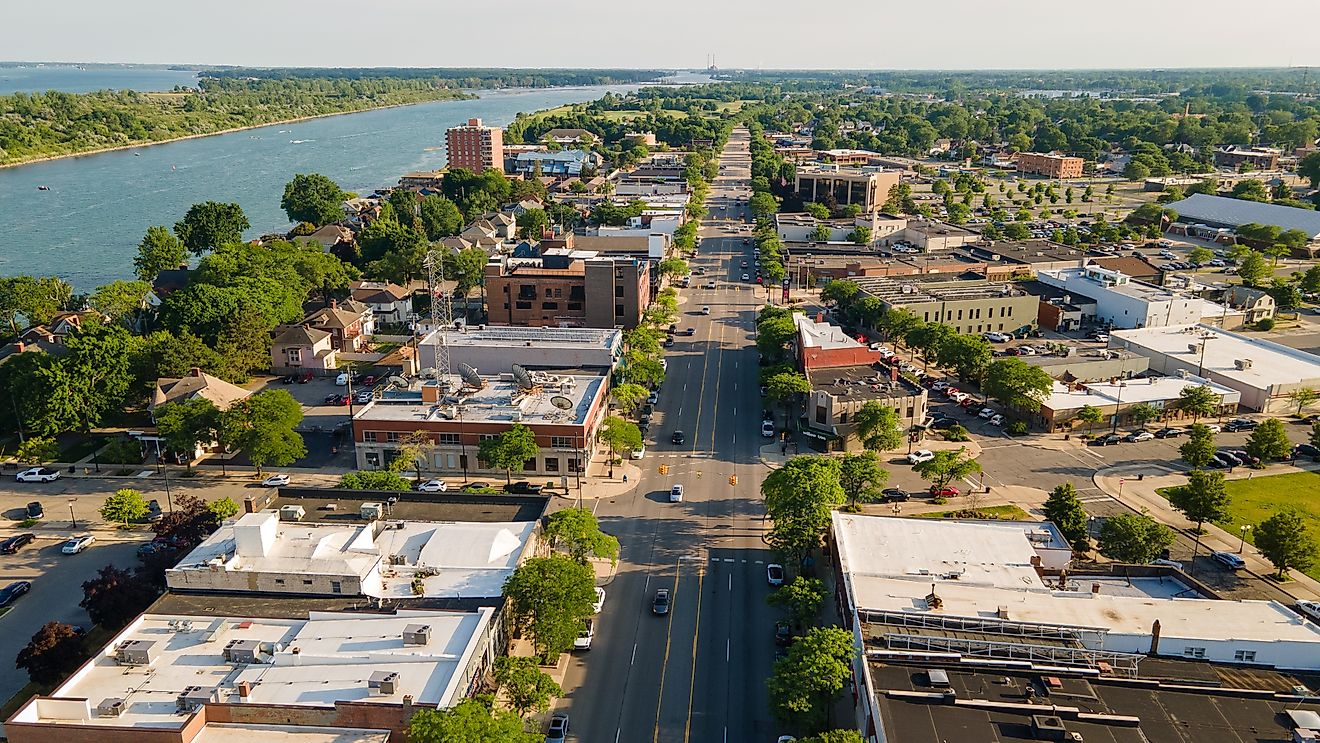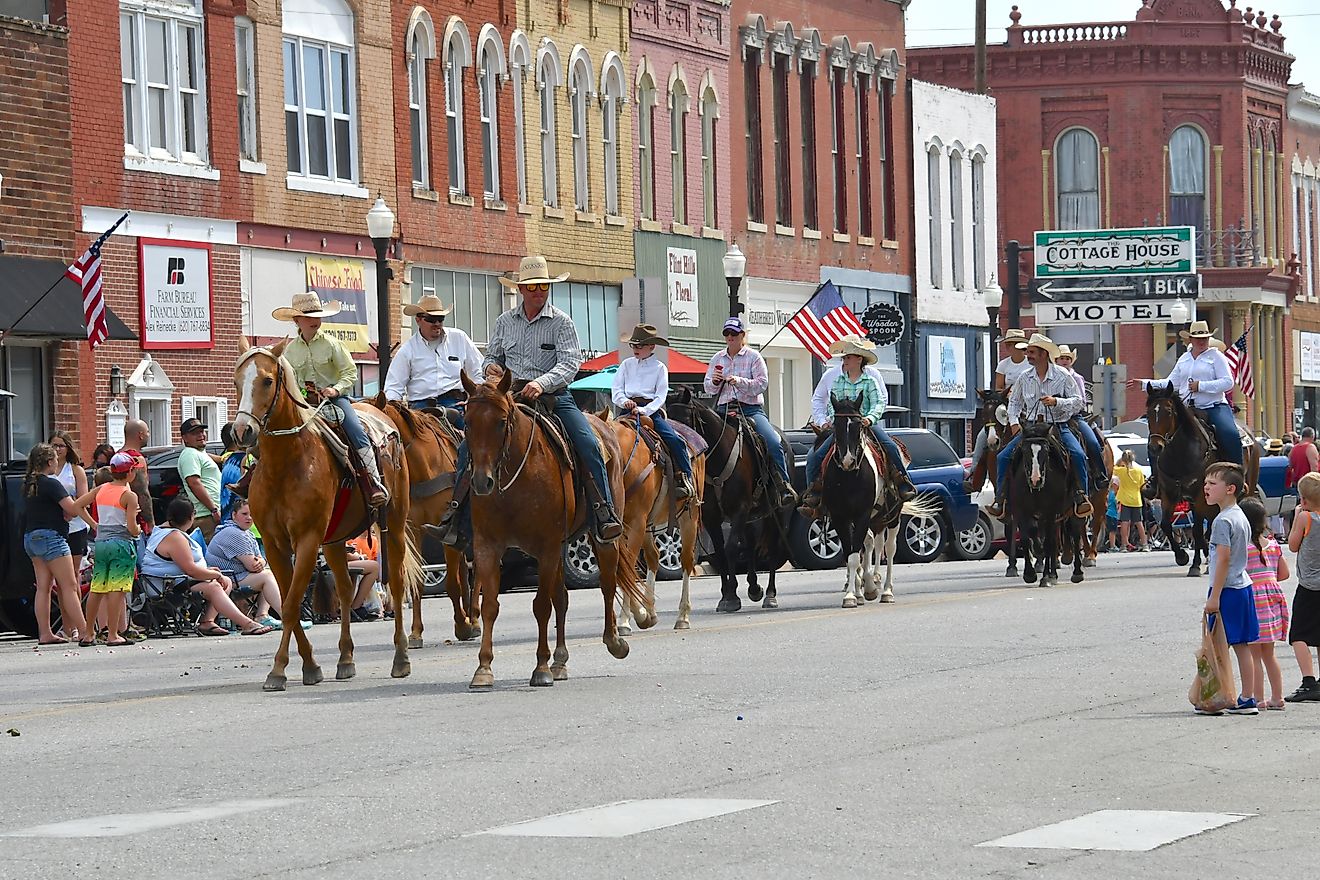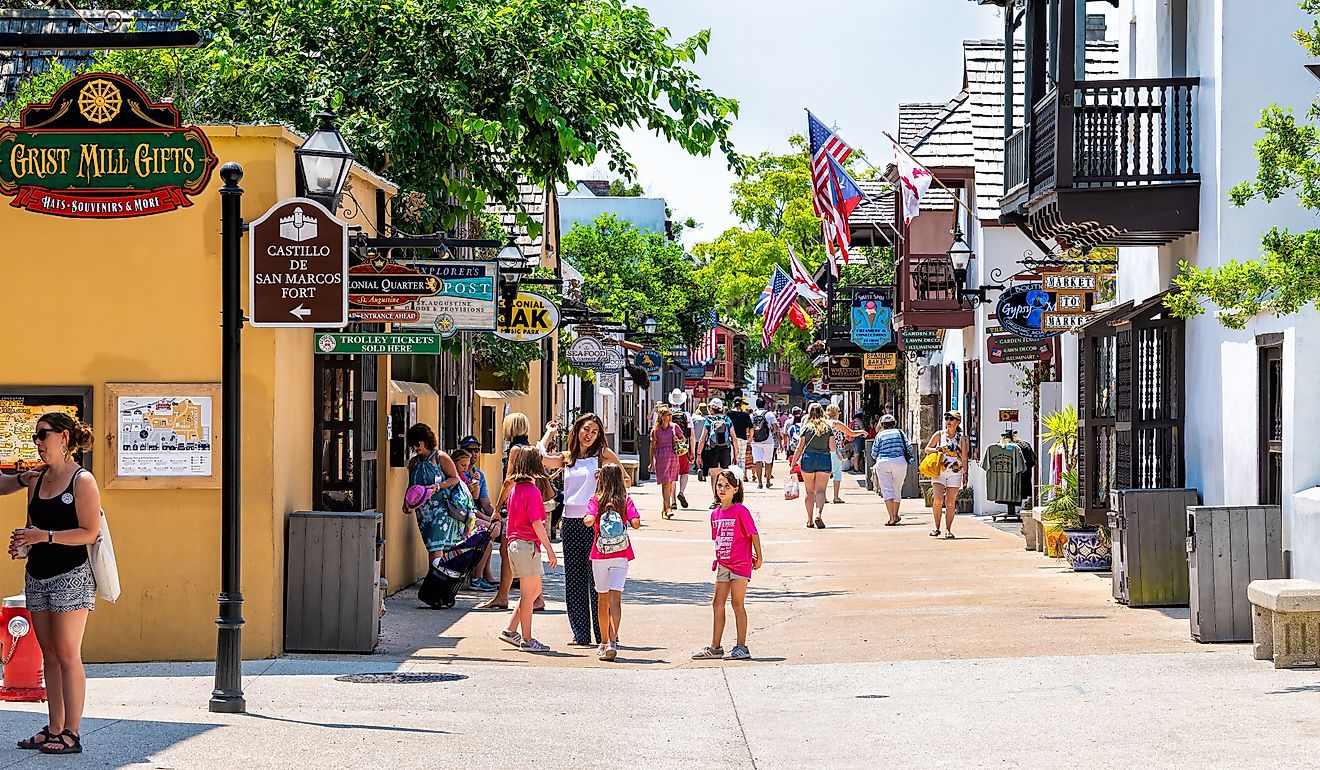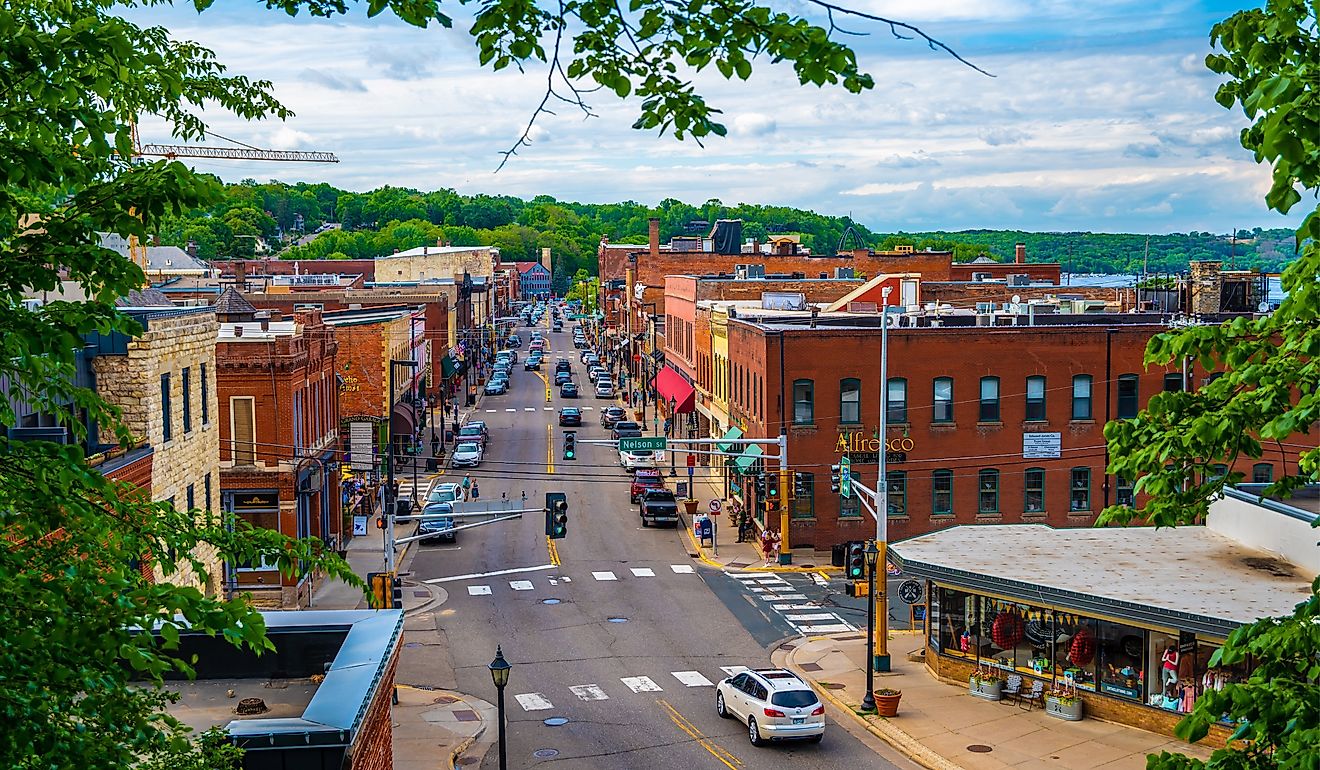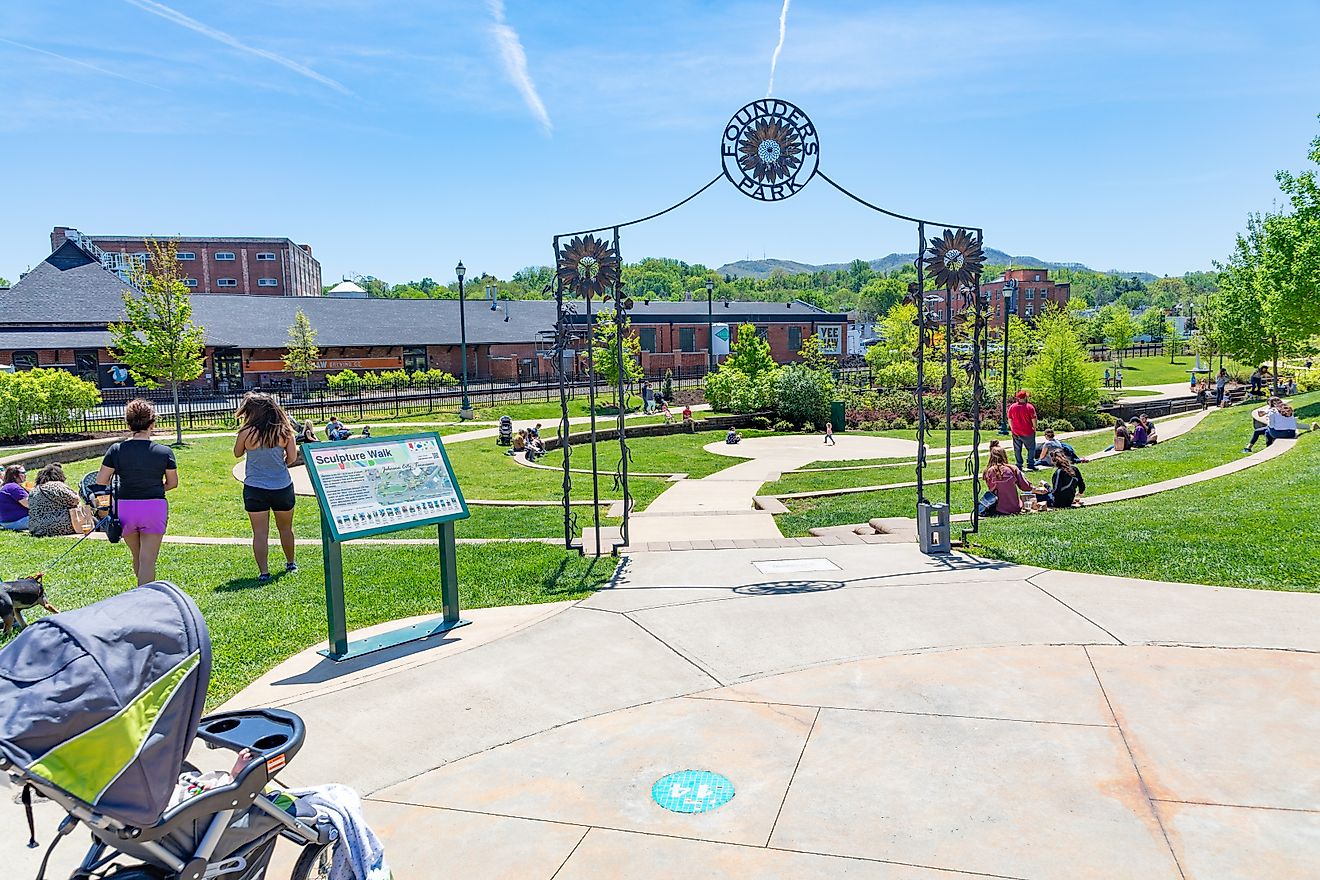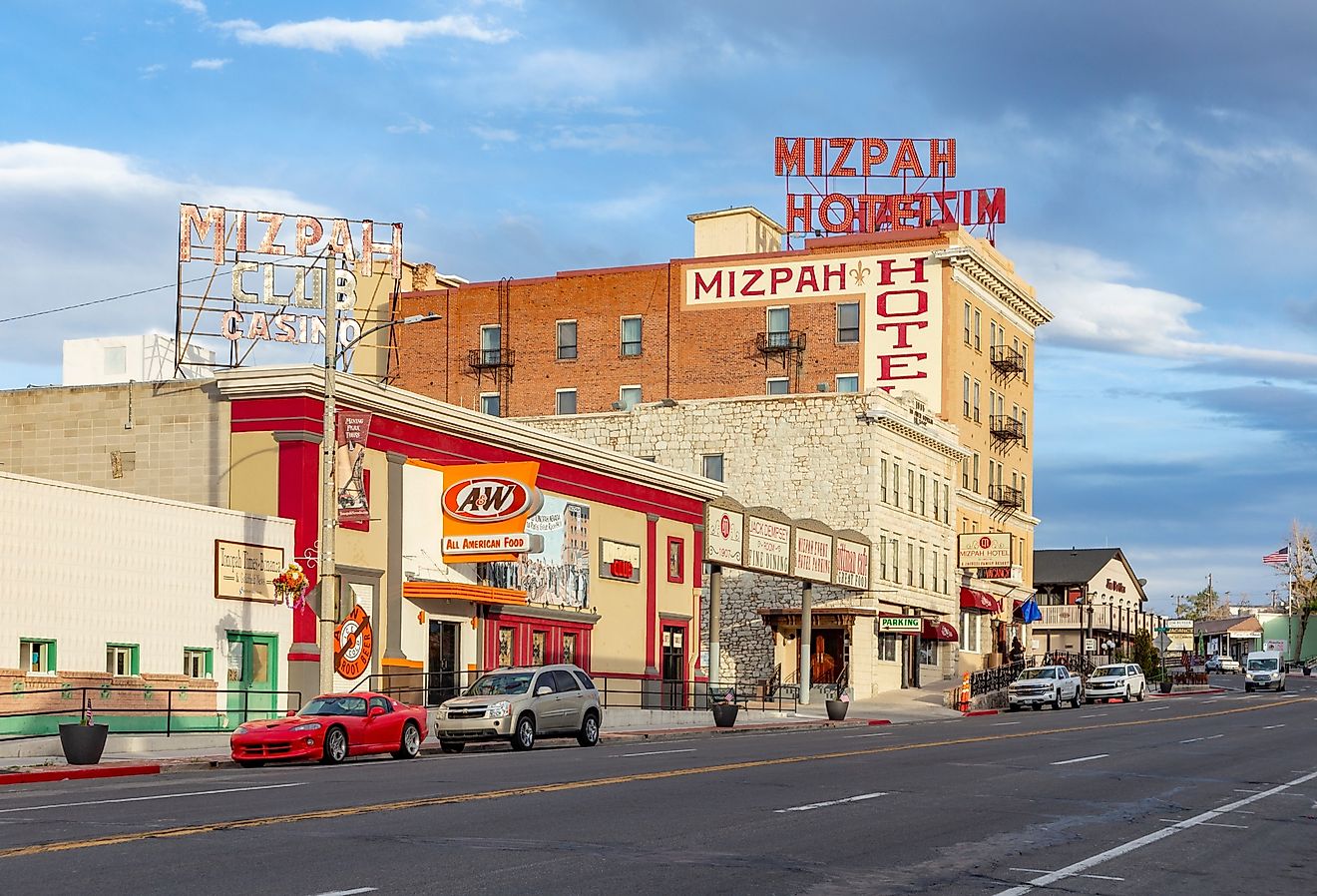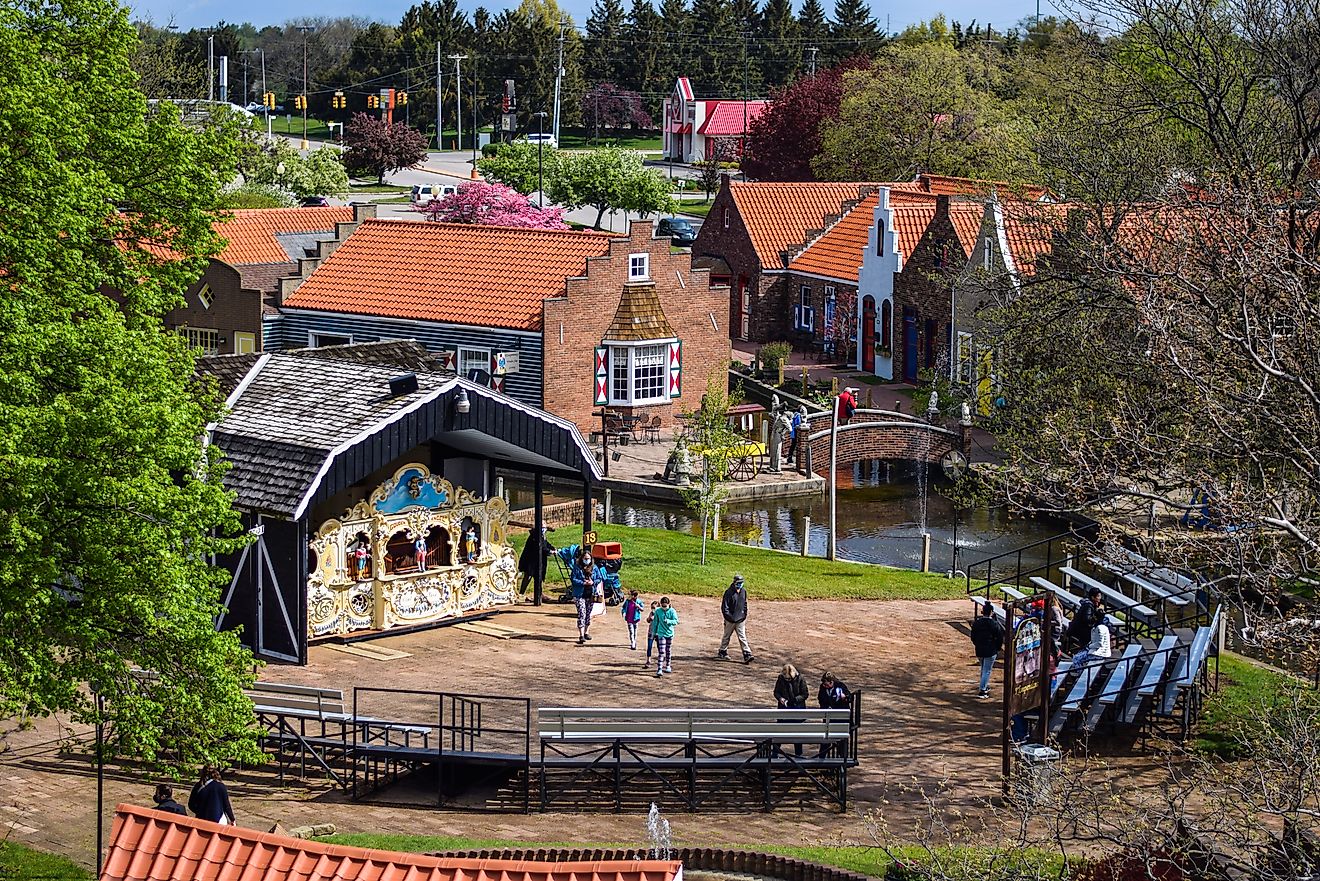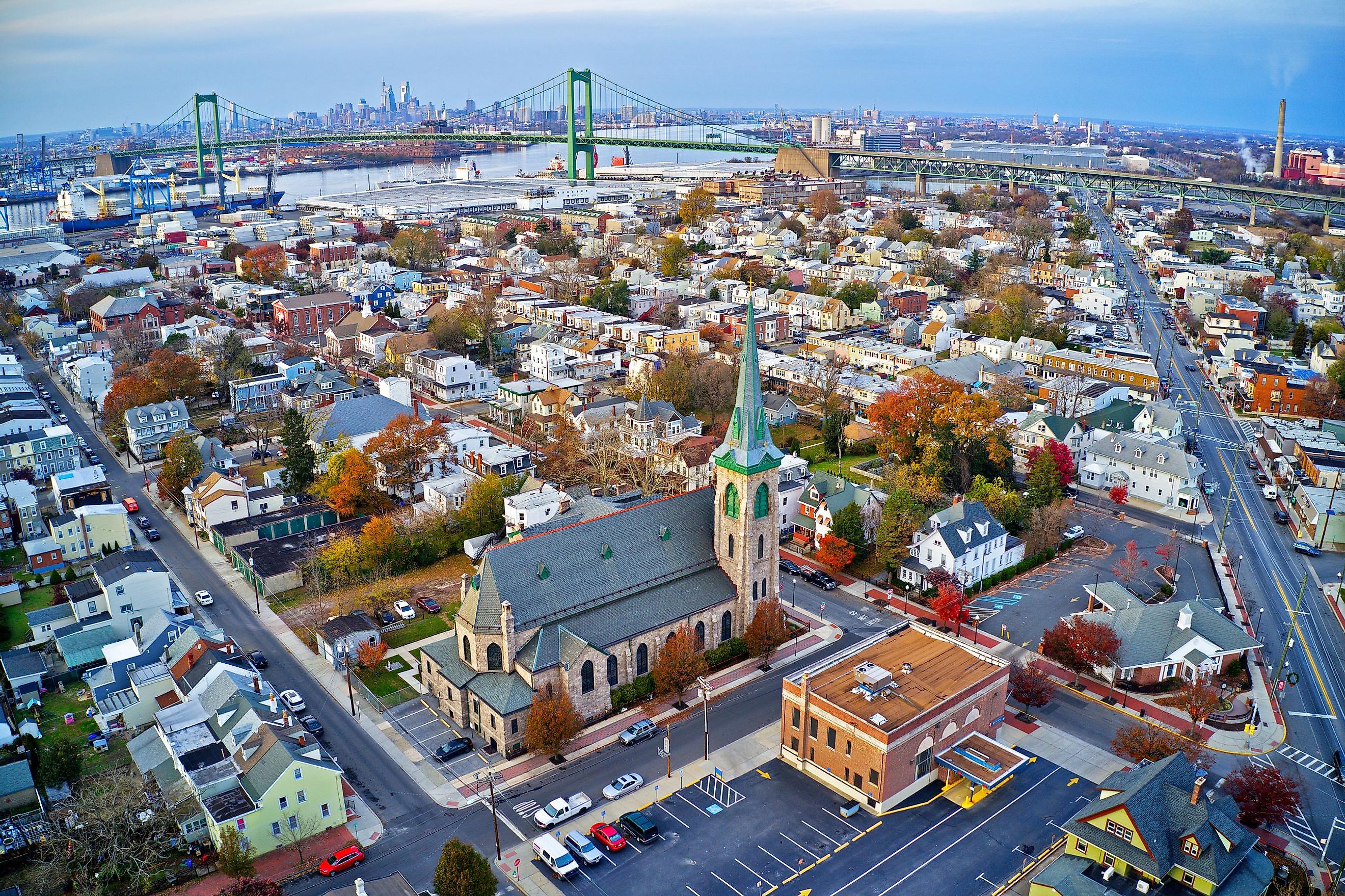
7 Oldest Founded Towns To Visit In New Jersey
Whether it is St. Augustine, Florida; Santa Fe, New Mexico; or Cape Cod — on whose shores the Pilgrims landed in 1620 — visiting an old town is always an evocative experience. Touching stonewalls that have weathered hundreds of winters, strolling through streets that the first European settlers trod, and sleeping in hotels where some of America's founders stayed, is the kind of adventure that is worth its cost in gold. Fortunately, New Jersey, the third of the original 13 states to join the Union, boasts a coterie of historic towns some of which were incorporated way before Patrick Henry's "Give me liberty, or give me death" speech. To visit such towns will feel like entering a sacred shrine, and New Jersey offers many to explore.
Jersey City
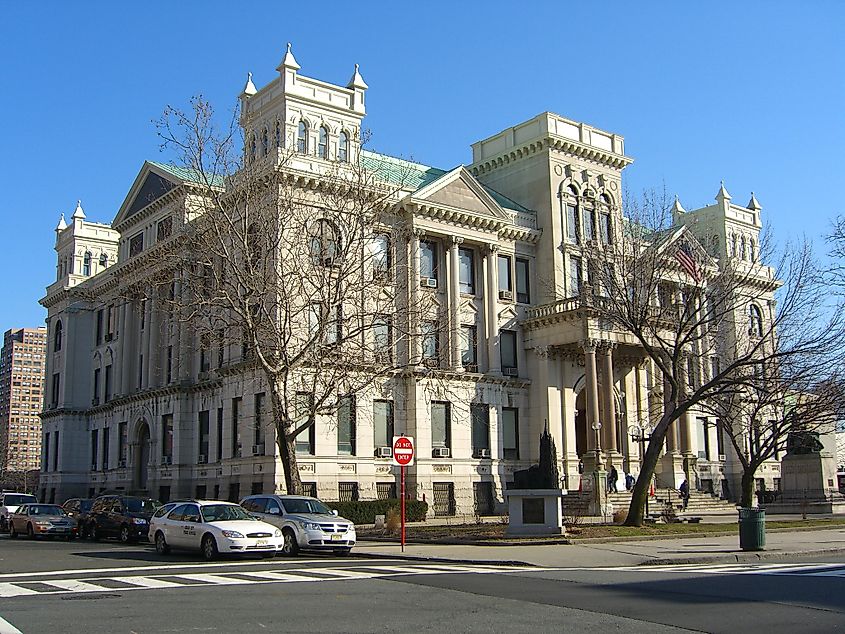
Henry Hudson, the English navigator and explorer credited with trying to discover a short route from Europe to Asia through the Arctic Ocean may have been the first European to set foot in what we now call Jersey City. That was in 1609 when the area was inhabited by the Native Lenape people who historians later called Delaware Indians. The town would be settled in 1618 by Dutch trappers; the Dutch who were involved with the Indians in the business of trapping animals for their fur. It was once called Paulas Hook in reference to the hook jutting into the bay. As a response to many enticing offers at the time to encourage European settlement, Michael Pauw, a Burgermeister of Amsterdam, acquired a grant of land in the area in1630 and called it Pavonia; a name which is today immortalized in one of Jersey City's avenues. Today, Jersey City, once a backwater settlement populated by a handful of Dutch immigrants, is the state's second-most populous city after Newark — and boasts several attractions, including the 305-foot-tall Statue of Liberty.
Gloucester City
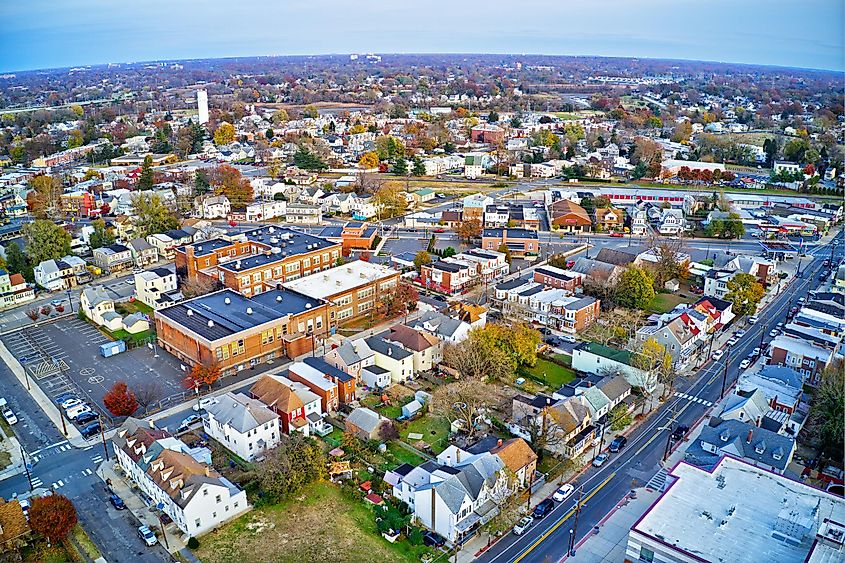
Though Gloucester City was laid out as a town in the 1680s, its founding is way earlier and is first mentioned in connection to the construction of a fort, known as Fort Nassau. Captain Cornelius Mey, arguably the first European to sail the Hudson River; then known as the Mauritius River, arrived with more than a dozen Dutch settlers in the area in 1623 — and constructed Fort Nassau. Unlike many forts, however, Fort Nassau was constructed for purposes of trade — not for military reasons. When Gloucester County was eventually formed in 1686, the town of Glocester became its administrative seat. By that time, the town had witnessed considerable growth, partly occasioned by the arrival of Irish Quakers about a decade earlier. Even before the turn of the century, an American colonist wrote of Gloucester as "a very fine and pleasant place, being well-stored with summer fruits, such as cherries, mulberries and strawberries." Gloucester would be incorporated as a city in 1868.
Hackensack
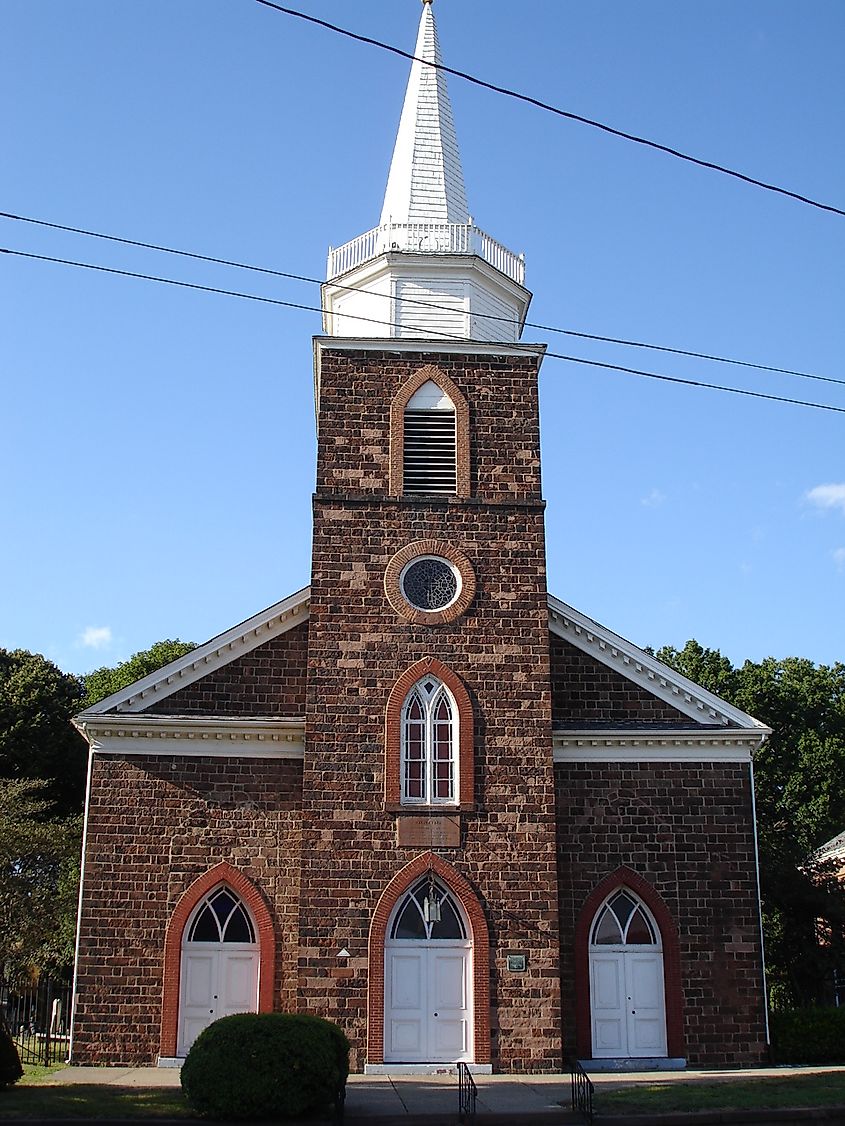
Translated as "mouth of a river," Hackensack lies immediately west of the Hudson River. The first European settlement in the area can be traced to the Dutch way back in 1639. Previous to this, however, the Native Achkinheshcky tribe roamed the area. It is from the word "Achkinheshcky" that we derive the name "Hackensack." But this town has not always been called "Hackensack." For instance, when the Dutch first settled in the area, they called it the Township of New Barbadoes. While the Dutch may have been the first Europeans to lay claim to the town, the British were not to be left behind. They would arrive in present-day Hackensack in 1688. The town would later be anchored on a public square located across the street from the courthouse known as "The Green." Today, first-time visitors may want to check out such historical gems as the Steuben House, which once served as George Washington's headquarters in 1780 during the Revolutionary War.
Woodbridge
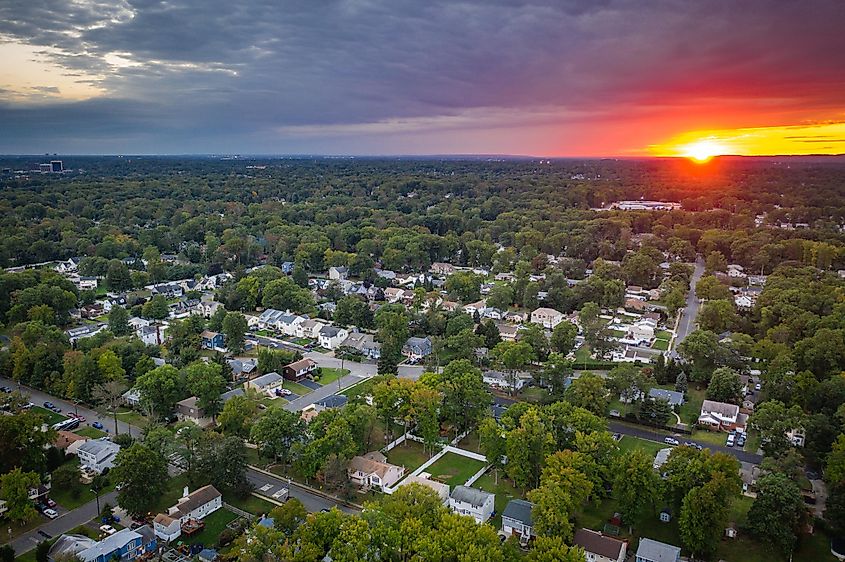
One of Woodbridge's claims to fame is that it is the oldest original township in New Jersey. King Charles of England granted Woodbridge a charter in June 1669, more than a hundred years before the signing of the Declaration of Independence. The first settlement in the town, however, came a bit earlier. Historians are nearly unanimous that Woodbridge was first settled in 1664 — and by English colonists from Massachusettes. They would name the town for Reverend John Woodbridge of Newbury, Massachusetts. History buffs will be thrilled to learn that not only is Woodbridge the oldest original township in New Jersey but it is also home to the first permanent printing house in the state. Also, the town may have staged the first anti-slavery meeting in the country. This is in reference to a meeting held on the farm of Moses Bloomfield, located a few steps from present-day Freeman Street.
Newark
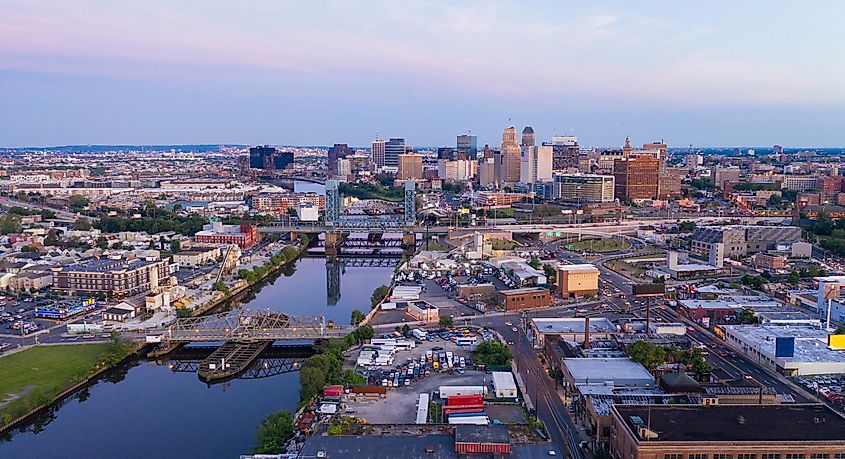
Newark was settled in 1666, two years after the settlement of English colonists in Woodbridge. This old gem is today home to Newark International Airport, one of the busiest airports in the world. Nicknamed "City By the River," Newark is curled up at the mouth of the Passaic River and boasts a waterfront area that is as gorgeous as it is busy. Motivated to establish a version of John Calvin's "City of God," the dream of the colonists who founded the town was to set up a Puritan theocracy. They wanted a colony where only Puritans would exercise the vote. They bought a tract of land for such odd items as pairs of breeches, kettles, and coats. Newark would be established in such a manner that there was no line to separate the Church from the state. You had to be a church member to hold any position in government — or derive any benefit from the government. Today, Newark plays host to Branch Brook Park, the oldest county park in the United States.
Piscataway
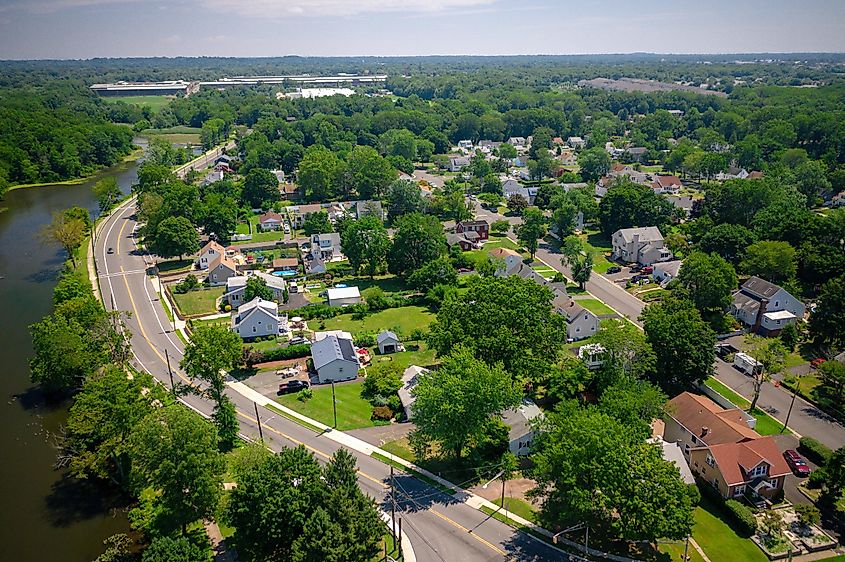
Among Piscataway's claims to fame is that it played host to the first-ever national Fourth of July celebration. Located an easy 35 miles from New York City, Piscataway is often considered the fifth oldest town in New Jersey. It is also among the 50 oldest towns in the United States. The town was founded in 1666 by four men from New Hampshire who bought the town's first 40,000-acre grant from the governor, Philip Carteret.. The town's name: "Piscataway," refers to Piscataqua, New Hampshire — from where the town's initial founders hailed. Consistently named among the best places to live in New Jersey, Piscataway is a beautiful town encircled by awesome scenery. Several homes around Piscataway's downtown area are listed on the National Register of Historic Places.
Burlington
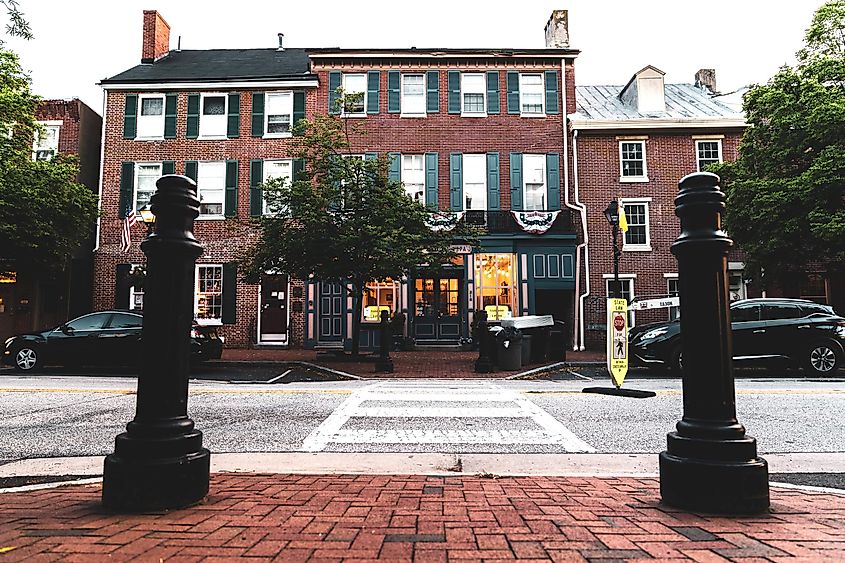
Established in 1677, Burlington still has one foot in the Old World, with all its mystique charm — and one in the new — with all its glamor and glitter. Nestled on the banks of the Delaware River about 73 miles southwest of New York City, this old timer was the capital of West Jersey in 1681, a subdivision of the Province of Jersey that existed for 28 years between 1674 and 1702. Before the 1670s arrival of Quakers fleeing persecution in England, however, Burlington and the area around it had been settled alternatively by the Swedes, Dutch, and Belgian Waloons.
The Quaker settlers soon adopted a group of laws they called West Jersey Concessions, which provided for religious freedom, trial by jury, and security from arbitrary arrest. On the economic front, Burlington was a major port and facilitated trade between the mid-Atlantic coast and Europe. However, with the town's first shipyard in 1698, shipbuilding became its economic mainstay. Today, among the town's star attractions is the old St. Mary's Episcopal Church, believed to be the oldest surviving church building in New Jersey.
The Takeaway
New Jersey may be called "new," but it is among the oldest states in America. For instance, it joined the Union in 1787, an action preceded only by Delaware and Pennsylvania. Also, the Garden State played host to many historical events, one of which was the famous duel between Alexander Hamilton and Aaron Burr. Today, several New Jersey towns try to relive the state's rich history. These include Jersey City, the oldest in the state — and Newark — which colonists had hoped to create in the image of John Calvin's "City of God."
